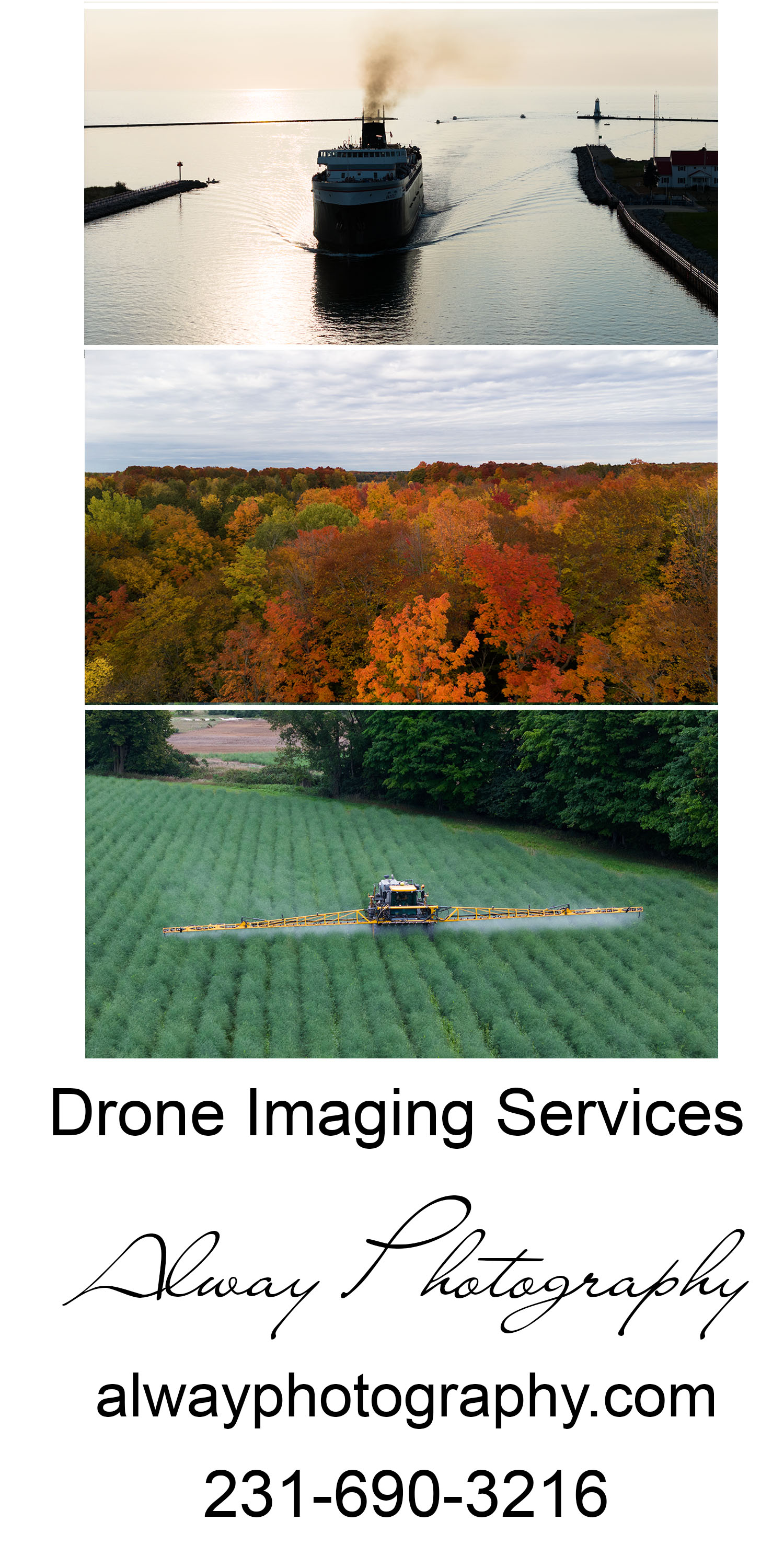
Sumac
By Joan Young, Contributing Writer
How often in the fall, even a fairly spectacular season like this one, have we yearned for more of the passionate, bright red color? Have you wondered why some trees turn red and others don’t?
The answer is found in leaf chemistry. I won’t make you balance any formulas or pronounce multi-syllabic words (well, I guess that was one, but it didn’t have parts like Dichlorophenoxyacetic ). Here’s the only tough word I’ll use: anthocyanin. Just break it down—antho means flower, cyan- you know that one- blue. To the Greeks it meant deep blue. Well, we have to fudge a little because in plants it turns out that antho-cyan-in is often not only responsible for blue colors, but purple (similar to blue, eh?) and red which makes some sense because blue and red make purple. Actually, the color range presented by the plant is dependent on the pH. Remember that term? The pH is a measure of the acid to base range. More acid (lower pH) results in reds. As the pH rises (the plant becomes more basic) colors change from pink to blue, purple, or black. Fruits from tomatoes (acidic) to blueberries (basic) have anthocyanin to thank.

Sassafras
In general, leaves are actually the color you see in the fall, but it is masked all summer by the greens of chlorophyll produced through photosynthesis. However, reds appear for a different reason. This is why, for example, sassafras usually turns yellow, but some years you will find bright red mitten leaves. The process that results in red begins in late summer as sugars in the leaf sap break down in the presence of light. It a complex process that neither you nor I have the patience to study. Well, I don’t any more. You can look it up if you want!
Which trees are likely to produce anthocyanins on a regular basis? Red maple quickly comes to mind. MI-42 from Mesick to Manton is a lovely drive in autumn. Its rolling hills are lined with flaming red. My best memory from an Agawa Canyon train ride, years ago, is of the solid red hillsides. New England is noted for up to 70% of trees producing anthocyanin, while in most areas, 10% is the norm.
Another reliable red can be found in sumacs, notably the staghorn and shining (winged) sumac. Most years, these small, bright trees define the edges of forests.
Two ornamental plants with red fall foliage that are on the invasive species hit list are burning bush (Euonymus alatus) and Bradford pear. A native choice to use instead of burning bush is Euonymus atropurpureus, the American wahoo. It is very similar in most respects. Scarlet oak (Quercus coccinea) is similar in size to Bradford pear, with more interesting foliage although it does not flower like the pear in spring.
Probably the standout red in autumn is found in the Sweetgum (Liquidambar styraciflua), a small tree of the American southeast. It can be grown in Michigan as an ornamental with some care in selecting the location.
Or, you can just leave the reds to nature and go for a walk or a drive to do some leaf peeping. Hope you catch the yellow, orange, russet, umber, plum and red joys of autumn.

Maple
_______________
Please Support Local News
Receive daily MCP and OCP news briefings along with email news alerts for $10 a month. Your contribution will help us to continue to provide you with free local news.
To sign up, email editor@mediagroup31.com. In the subject line write: Subscription. Please supply your name, email address, mailing address, and phone number (indicate cell phone). We will not share your information with any outside sources. For more than one email address in a household, the cost is $15 per month per email address.
We can send you an invoice for a yearly payment of $120, which you can conveniently pay online or by check. If you are interested in this method, please email editor@mediagroup31.com and we can sign you up. You can also mail a yearly check for $120 to Media Group 31, PO Box 21, Scottville, MI 49454 (please include your email address).
Payment must be made in advance prior to subscription activation.
We appreciate all our readers regardless of whether they choose to continue to access our service for free or with a monthly financial support.
_____
This story and original photography are copyrighted © 2025, all rights reserved by Media Group 31, LLC, PO Box 21, Scottville, MI 49454. No portion of this story or images may be reproduced in any way, including print or broadcast, without expressed written consent.
As the services of Media Group 31, LLC are news services, the information posted within the sites are archivable for public record and historical posterity. For this reason it is the policy and practice of this company to not delete postings. It is the editor’s discretion to update or edit a story when/if new information becomes available. This may be done by editing the posted story or posting a new “follow-up” story. Media Group 31, LLC or any of its agents have the right to make any changes to this policy. Refer to Use Policy for more information.



















































.png)



